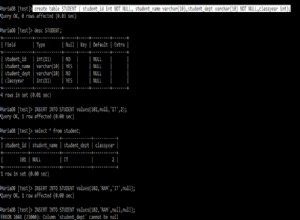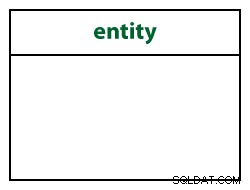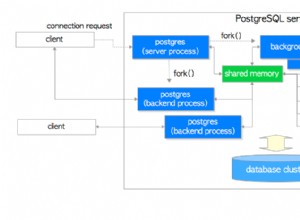Esta é a minha solução usando
WINDOW functions . Eu usei o lag e lead funções. Ambos retornam um valor de uma coluna de uma linha em deslocamento da linha atual. lag volta e lead vai em seguida no deslocamento. SELECT tokcat.text
FROM (
SELECT text, category, chartype, lag(category,1) OVER w as previousCategory, lead(category,1) OVER w as nextCategory
FROM token t, textBlockHasToken tb
WHERE tb.tokenId = t.id
WINDOW w AS (
PARTITION BY textBlockId, sentence
ORDER BY textBlockId, sentence, position
)
) tokcat
WHERE 'NAME' = ANY(previousCategory)
AND 'NAME' = ANY(nextCategory)
AND 'NAME' <> ANY(category)
Versão simplificada:
SELECT text
FROM (
SELECT text
,category
,lag(category) OVER w as previous_cat
,lead(category) OVER w as next_cat
FROM token t
JOIN textblockhastoken tb ON tb.tokenid = t.id
WINDOW w AS (PARTITION BY textblockid, sentence ORDER BY position)
) tokcat
WHERE category <> 'NAME'
AND previous_cat = 'NAME'
AND next_cat = 'NAME';
Pontos principais
= ANY()não é necessário, a função window retorna um único valor- alguns campos redundantes na subconsulta
- não há necessidade de ordenar por colunas, que você
PARTITION BY- o ORDER BY se aplica dentro partições - Não use identificadores de maiúsculas e minúsculas sem aspas, isso só leva à confusão. (Melhor ainda:não use identificadores de maiúsculas e minúsculas no PostgreSQL nunca )




